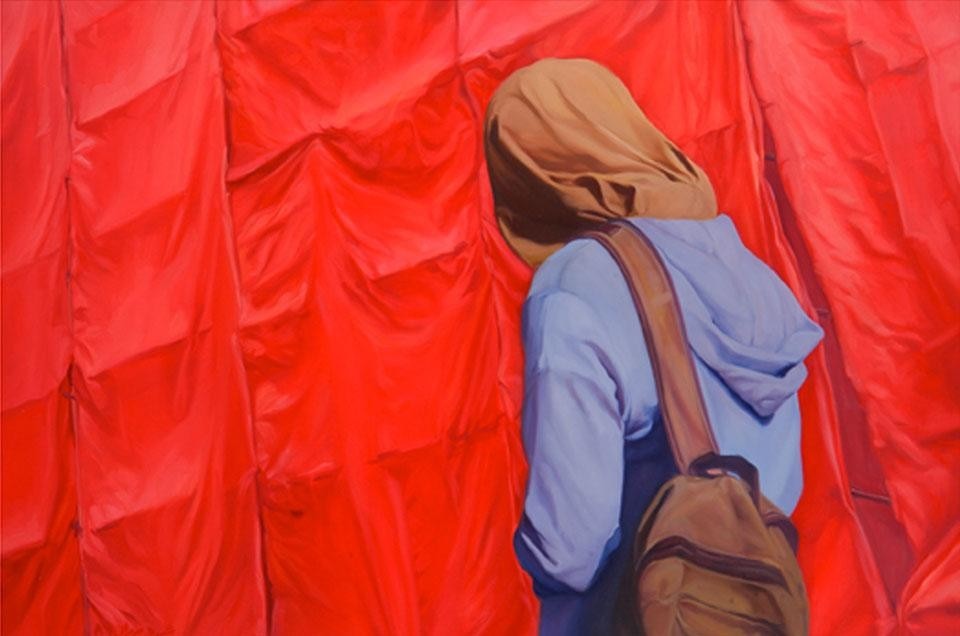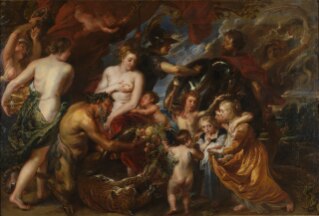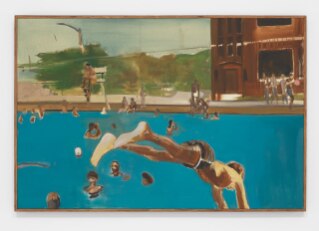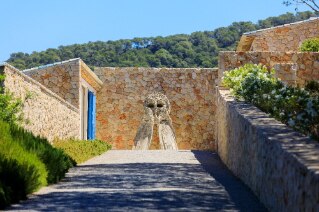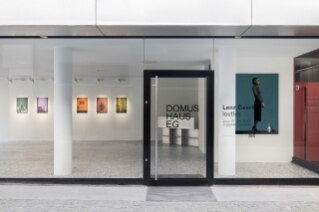Jack Persekian: The Sharjah Biennial was a development and an expansion on the "National Exhibition", which used to be organized by the Department of Culture and Information, Government of Sharjah (DCI) in the late eighties and early nineties of the last century. From what I gathered the Biennial's initiation was influenced by the Cairo Biennial model, which adopts the same format as the Venice Biennale, i.e. official country representation.
I believe that Department of Culture and Information intention was to put Sharjah on the international art map, yet primarily within the Middle East/ Arab context, similar to the Egyptian position (before the latest uprising—we'll have to see what happens now in Egypt). Their attempts at the beginning were quite humble with regard to opening up to the international art scene. Their connections to western art circuits or even contemporary Middle Eastern art movements were through the diplomatic missions of the respective countries in the UAE. And you know what comes out from cultural attachés of diplomatic missions (ever so often undercover agents) when it comes to art related projects and official representations.
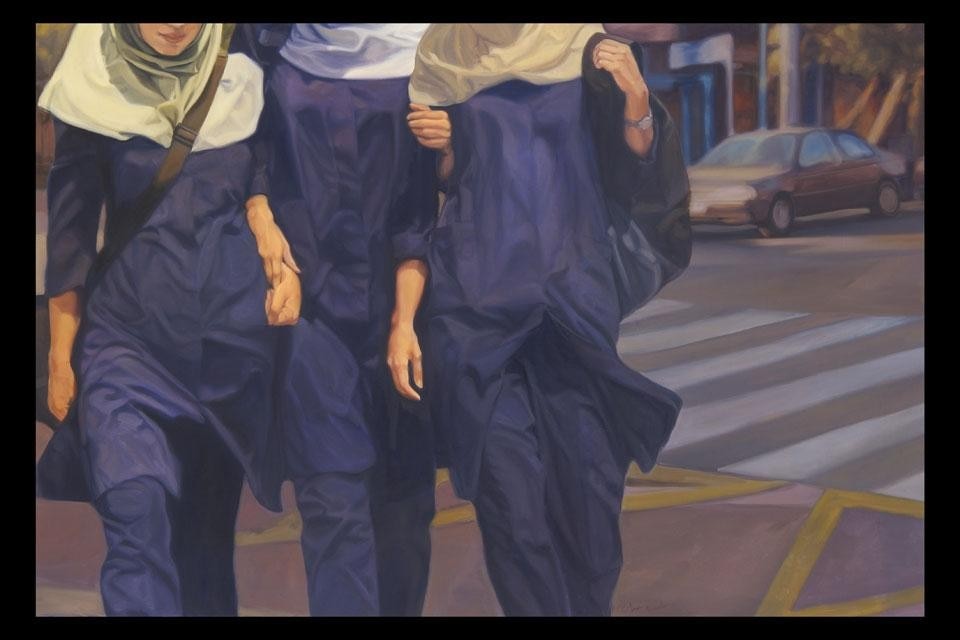
Nevertheless, I would like to point out here that the Emirate of Sharjah and from early on (1981) had set up the Department of Culture and Information to give concrete support for the local art scene and for the dissemination and proliferation of art in the country. The Department had established a strong theatre infrastructure, building theatres, supporting theatre groups and funding productions.
It had also established in 1982 the Sharjah International Book Fair, the Poetry Festival, the Heritage Days Festival, as well as embarking on an ambitious plan of museums building…It is actually the personal interest and passion of the Ruler of Sharjah, H.H. Dr. Sheikh Sultan bin Mohammed al Qasimi and primarily his conviction that the arts are part and parcel of the education process, that this support for the arts was possible, way before anybody in the whole gulf region had ever been interested in, aware of, or even took note of the importance or need to do anything about art and culture.
Parallel to that artists, theatre people, writers, poets and photographers in the Emirates had established their own independent societies with Sharjah's backing. It's very obviously that they founded their centres in Sharjah where they're still located. Hence, one can trace gauge the Emirates Fine Arts Society's influence and involvement in the Biennial from the early days of its establishment.
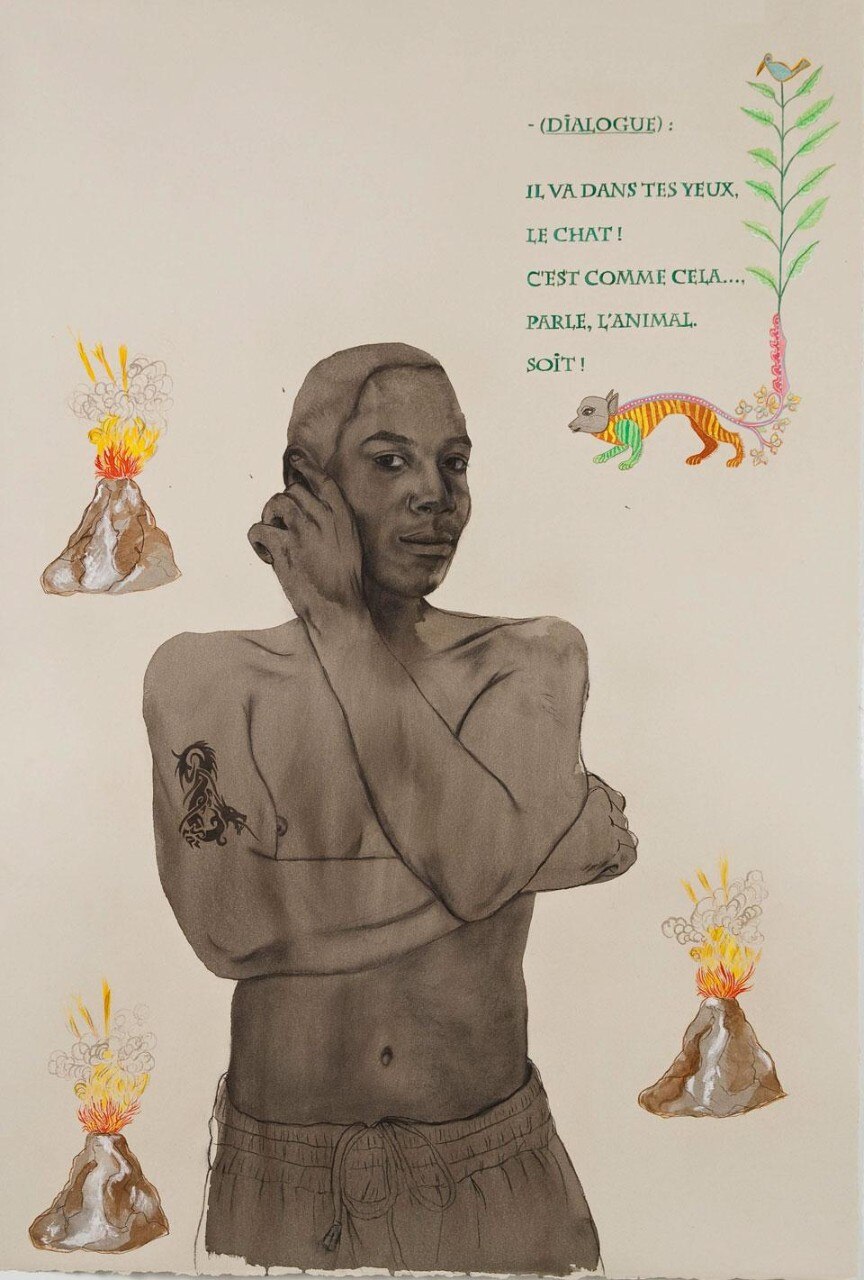
I came on board to head the curatorial team of the 7th Sharjah Biennial of 2005. I was invited by the director of the Biennial (Sheikha Hoor Al Qasimi) in 2004 to submit a concept paper and after a successful interview, I was appointed head curator for the Sharjah Biennial 7. Yet, the winds of change and transformation had already swept the old format of the Biennial in its 6th edition of 2003 when Sheikha Hoor Al Qasimi took over the directorship of the Biennial. As she came on board in 2002 after she had finished her studies in the UK she decided to get rid of the country representation model, which as I mentioned earlier, had been the format the biennial adopted since its inception in 1993, and appointed a curator (Peter Lewis) who co-curated the 6th edition with her. So when I came on board, the Biennial had already taken a major detour in the way it is organized, curated and presented. All I had to do was follow the model and try the best I could.
I can say that I don’t see a concerted effort with regards to the strategy of investment in contemporary art in the region. On the contrary, I faintly discern the foul odor of competition.
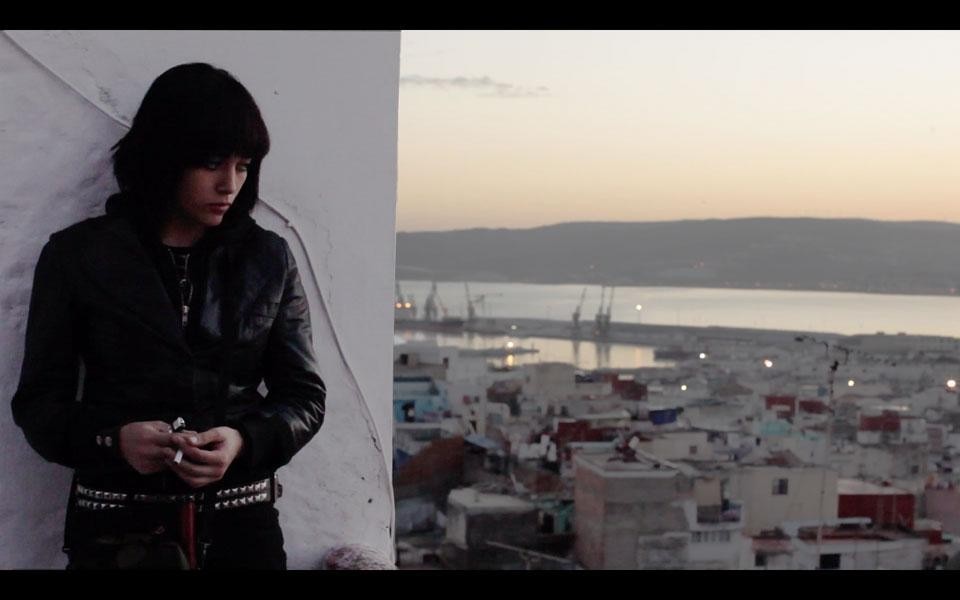
I headed the curatorial team in the 2005, 2007, and phased myself out in 2009 to end up curatorially un-involved in the 2011 edition. Yet, I maintained throughout an overview on the Sharjah Biennials evolvement in my capacity as artistic director and in so many ways the general coordinator. Obviously, the ones that I was involved with had been liberated from the previous format of country representations and had also afforded me a "carte blanche" invitation. I think in retrospect the most important thing for me was to try to define the role of the Sharjah Biennial as an institution operating in Sharjah, the UAE, the Arab world and the region as a whole, and less importantly its position as a showcase for art in the UAE.
I saw the resources available to the Biennial as opportunities to support the budding art movement in the region and I could care less for the amount of spectacle and fanfare, which was the currency of the day during the last few years I've been in the Gulf. I redirected those resources available to me towards producing artwork and enabling artists to find resources, material and know-how to make art. I observed that one of the major problems or deficiencies in our region is the support for the production of art (and in extrapolation the production of knowledge). I saw that most or the biggest chunk of resources in the region was going towards building edifices and real estate for art rather than the much-needed infrastructure and support for the artists and the production of art.
Even though the Sharjah Biennial has relatively a humble budget and means in comparison to the other major players in the region, I still believe that focusing on artists made a big difference with regards to the Biennial's relevance and credibility on the international art scene. If you think about it, it is something like: where do you invest your capabilities and resources? Sharjah Biennial had taken the strategic decision to bank on the artists and the production of work.
I would like to also add here that this thinking process and our concerns with the continuity and necessity of our actions/activities led us to introduce several initiatives that run along the same awareness lines the Biennial took, like the Production Programme, the March Meeting and the Residencies yet somehow separated from the main Biennial programme.
In turn, and in order not to burden the Biennial with these prosthetic projects hence sidetrack it from it's main undertaking being a laboratory and a place for experimentation, we established the Sharjah Art Foundation which functions as an umbrella for all these distinct yet interconnected projects and programmes.
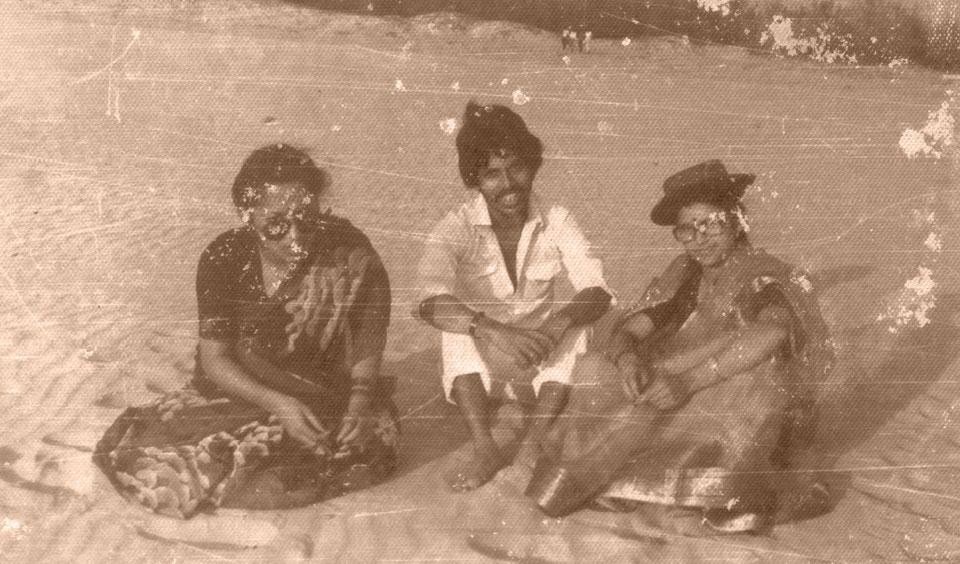
Realizing that its home base is in the Arab world, and believing that it's part of the fabric of Arab culture, the Sharjah Biennial has consciously made room for art produced in the region within most of its projects and programmes, and had given special attention for artists from the region in all its initiatives, yet never loosing sight of the international breadth of its undertakings and the positioning of these artists within the bigger picture.
Always operating across regions, cultures, and societies, any particular attention to art produced in the region is always seen within the broader context of the international stage, avoiding unnecessary or limiting classifications, categorizations and definitions or representations.
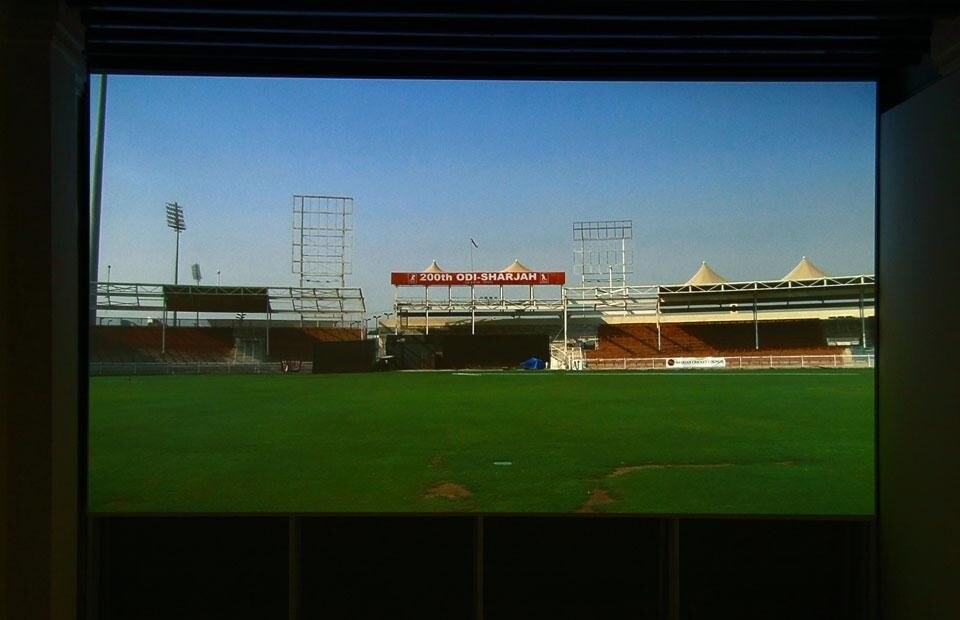
I think the most important aspect of supporting contemporary art and culture (on the part of governments) is to provide a solid infrastructure for the arts and not only buildings and depositaries. It is very important for governments to see how the full cycle of art production, dissemination, promotion, acquisition, marketing, valuation, education, logistics…is tied within a network and a constellation that supports the art sector's feasibility and sustainability.
It has to be seen by governments from the same perspective as they perceive education. Therefore, my very generalized yet unorthodox conclusion based on my indiscriminate observations, I can say that I don't see a concerted effort with regards to the strategy of investment in contemporary art in the region. On the contrary, I faintly discern the foul odor of competition.
I think what has been announced so far and what is underway falls way short of the kind of investment that this sector needs to rise up to the challenges and potentialities. I don't think we can talk about a UAE model yet, I can only see disparate propositions most of which have stemmed out of generous personal initiatives.
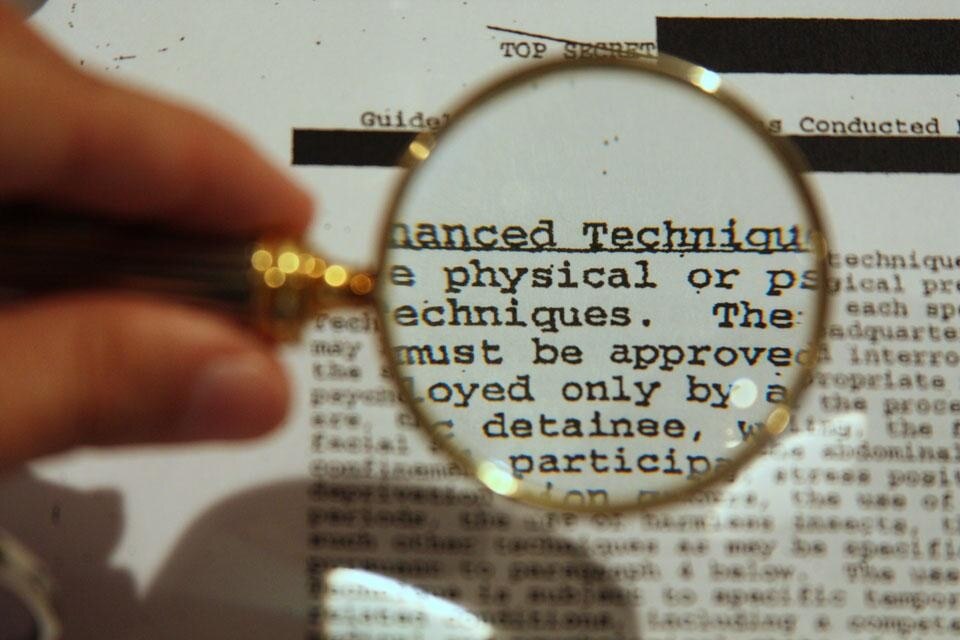
"Plot for a Biennial" runs from 16 March–16 May 2011.


